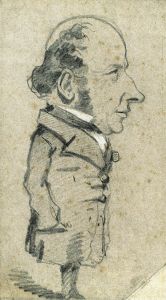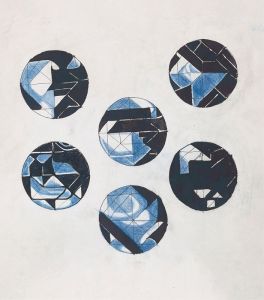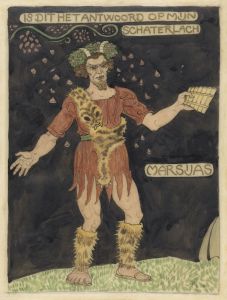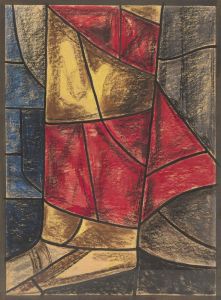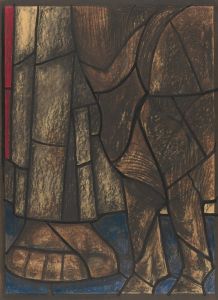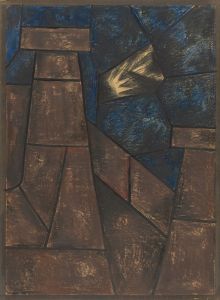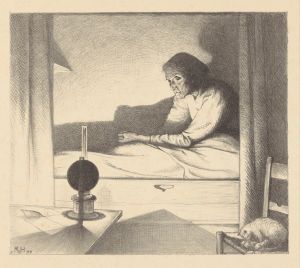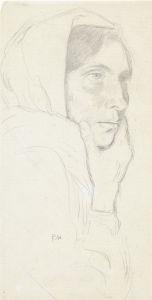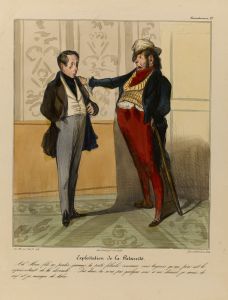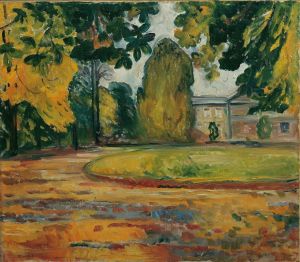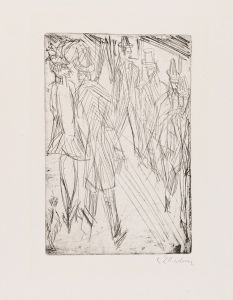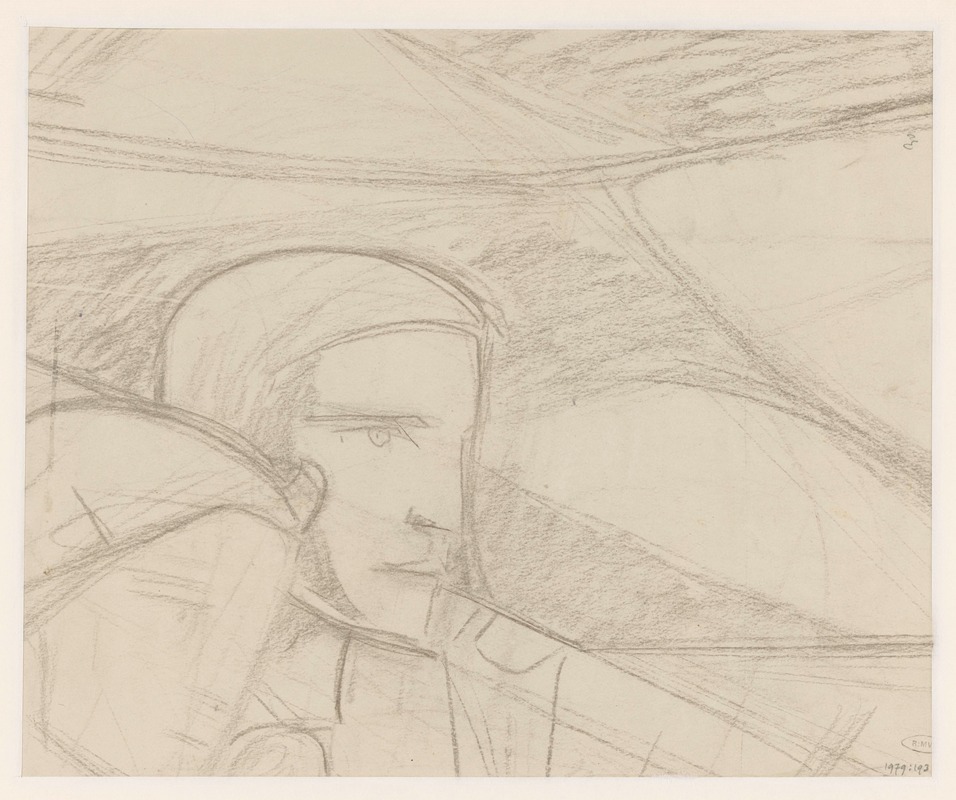
Gedeelte van een compostie met twee koppen
A hand-painted replica of Richard Nicolaüs Roland Holst’s masterpiece Gedeelte van een compostie met twee koppen, meticulously crafted by professional artists to capture the true essence of the original. Each piece is created with museum-quality canvas and rare mineral pigments, carefully painted by experienced artists with delicate brushstrokes and rich, layered colors to perfectly recreate the texture of the original artwork. Unlike machine-printed reproductions, this hand-painted version brings the painting to life, infused with the artist’s emotions and skill in every stroke. Whether for personal collection or home decoration, it instantly elevates the artistic atmosphere of any space.
Richard Nicolaüs Roland Holst was a prominent Dutch artist known for his contributions to the Symbolist movement in the late 19th and early 20th centuries. Born on December 4, 1868, in Amsterdam, Holst was part of a family with strong artistic and literary ties. His works often reflect the ideals and aesthetics of the Symbolist movement, characterized by a focus on spirituality, mysticism, and the use of symbolic imagery.
One of Holst's notable works is "Gedeelte van een compositie met twee koppen," which translates to "Part of a Composition with Two Heads." This piece exemplifies Holst's skill in capturing the human form and his interest in exploring complex themes through portraiture. While specific details about this particular work are limited, it is consistent with Holst's broader oeuvre, which often features figures depicted with a sense of introspection and emotional depth.
Holst's artistic style was influenced by his education and the cultural milieu of his time. He studied at the Rijksakademie van Beeldende Kunsten in Amsterdam, where he was exposed to various artistic movements and techniques. His work is often associated with the Amsterdam School of Symbolism, which sought to convey deeper meanings and emotions through art. This movement was part of a broader European trend that included artists like Gustav Klimt and Edvard Munch, who similarly explored themes of existentialism and the human psyche.
In "Gedeelte van een compositie met twee koppen," Holst likely employed his characteristic use of muted colors and soft lines to create a contemplative atmosphere. His portraits often feature subjects with serene or introspective expressions, inviting viewers to ponder the inner lives and emotions of the depicted figures. This approach aligns with the Symbolist emphasis on evoking mood and exploring the spiritual or psychological dimensions of human experience.
Holst's contributions to art extended beyond painting. He was also a respected writer and educator, serving as a professor at the Rijksakademie. His teachings and writings further disseminated the principles of Symbolism and influenced a generation of artists in the Netherlands and beyond. Holst's impact on Dutch art is significant, as he helped bridge the gap between 19th-century Romanticism and the emerging modernist movements of the 20th century.
Throughout his career, Holst remained committed to the idea that art should transcend mere representation and engage with deeper philosophical and emotional questions. His works, including "Gedeelte van een compositie met twee koppen," reflect this commitment and continue to be appreciated for their aesthetic beauty and intellectual depth.
Richard Nicolaüs Roland Holst passed away on December 31, 1938, leaving behind a legacy of artistic and intellectual contributions that continue to be studied and admired. His work remains an important part of the Dutch cultural heritage, offering insights into the Symbolist movement and the broader artistic trends of his time.





